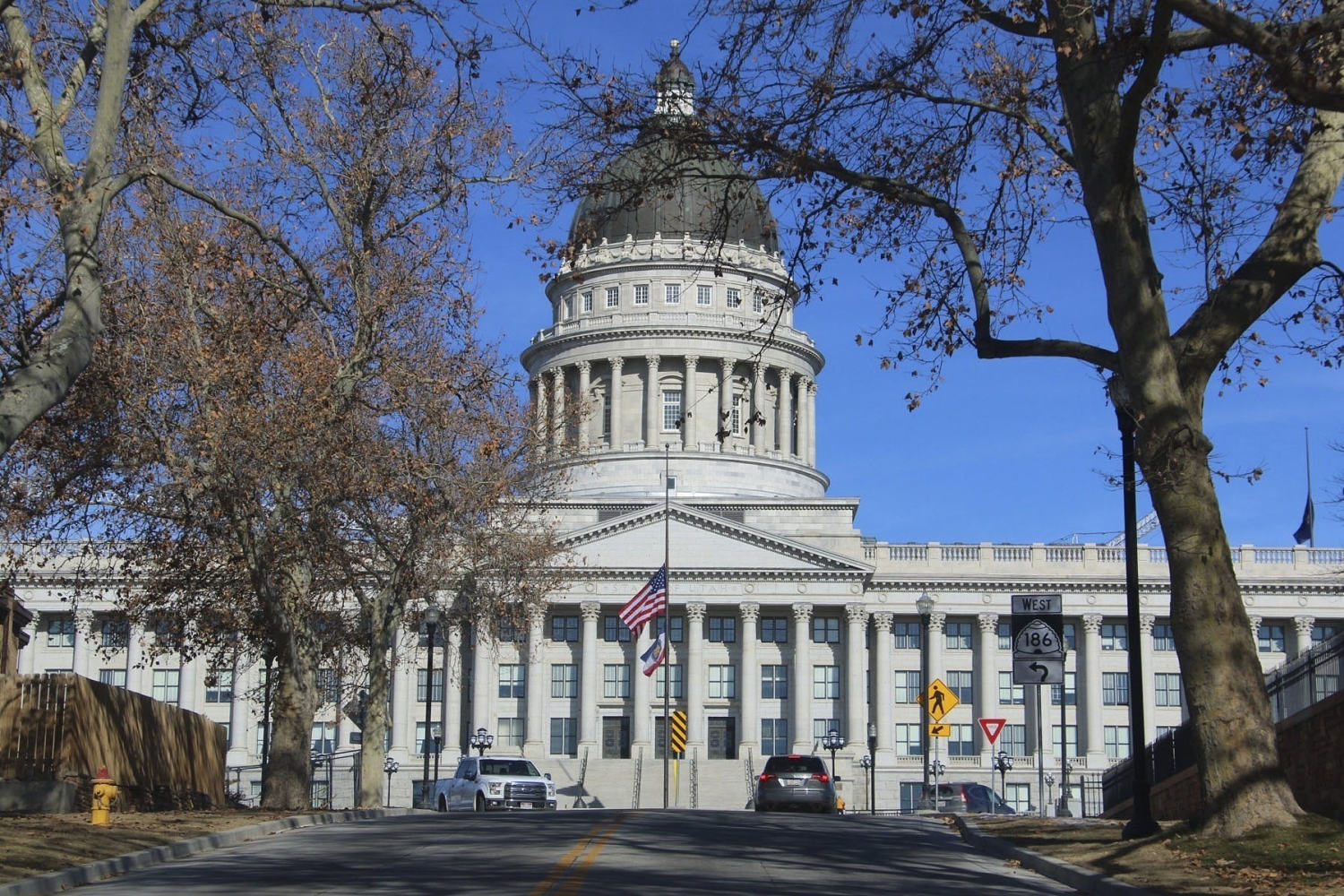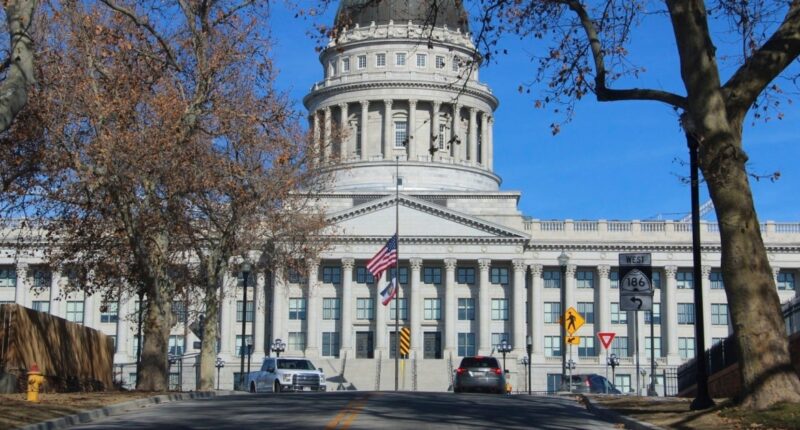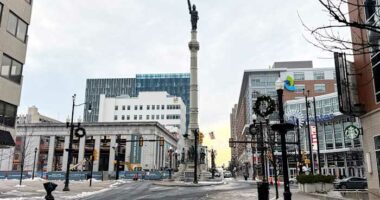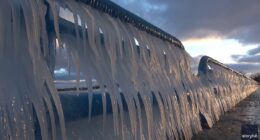Share this @internewscast.com

A judge in Utah has determined that the state needs to redraw its congressional districts after finding that the Republican-led Legislature made a mistake by overturning a voter-approved ballot measure aimed at curbing partisan gerrymandering.
This decision introduces another complication into the ongoing national contest for control of Congress and the evolution of the congressional map leading up to the 2026 midterm elections.
With Republicans holding a slim majority in the U.S. House, Texas Republicans have launched an unusual mid-decade initiative, encouraged by President Donald Trump, to revise the state’s districts in the hopes of gaining up to five more GOP seats.
This move has prompted several other states to consider revising their own district lines. Following Texas, California’s Democratic-majority Legislature recently passed a plan to present voters with a temporary redistricting to potentially add up to five more Democrat-leaning districts. Leaders from both parties in various states are contemplating similar actions.
The crux of the issue in Utah is an ongoing legal dispute regarding a 2018 ballot measure that established an independent redistricting commission responsible for proposing congressional districts. It remains uncertain whether this dispute will be resolved in time for new maps to be implemented by the midterms.
The Salt Lake Tribune reported on Monday that the Legislature’s legal representatives have indicated the possibility of appealing the decision to either state courts or the U.S. Supreme Court.
Under the terms of the 2018 ballot measure, the Legislature was required to either approve or disapprove those maps, and voters approved guardrails for how new districts should be drawn. One of those was a ban on partisan gerrymandering.
In 2020, the Legislature responded by passing a law that softened the partisan redistricting ban and removed the requirement that legislators vote on the independent commission’s map, among other things.
In her 76-page ruling, Judge Dianna M. Gibson wrote that the Legislature “intentionally stripped away” the heart of the 2018 reform passed by voters when it passed its own legislation just a few years later.
“Redistricting is not a mere exercise in political line-drawing; it strikes at the very heart of our democracy,” she wrote.
“The way district boundaries are drawn determines whether the right to vote is meaningful, whether equal protection is honored, and whether the fundamental promises of our state and federal constitutions are upheld,” Gibson continued. “How district lines are drawn can either safeguard representation and ensure accountability by elected representatives or erode public trust, silence voices and weaken the rule of law.”
Finding that the Legislature “unconstitutionally repealed” the ballot measure, Gibson barred the state from moving forward with future elections under its current congressional district lines. And she directed the Legislature to create a remedial map within 30 days that follows the guidelines voters passed in 2018.
Utah, a heavily Republican state, backed President Donald Trump by more than 20 points, 58%-37%, in the last election. The state’s House delegation is made up of four Republicans.
But its biggest population center — Salt Lake County, which accounts for more than one-third of Utah’s population — leans Democratic. The county backed Vice President Kamala Harris by 10 points last year. The current congressional map divides it among four districts that fan out across the rest of the state’s Republican strongholds.












